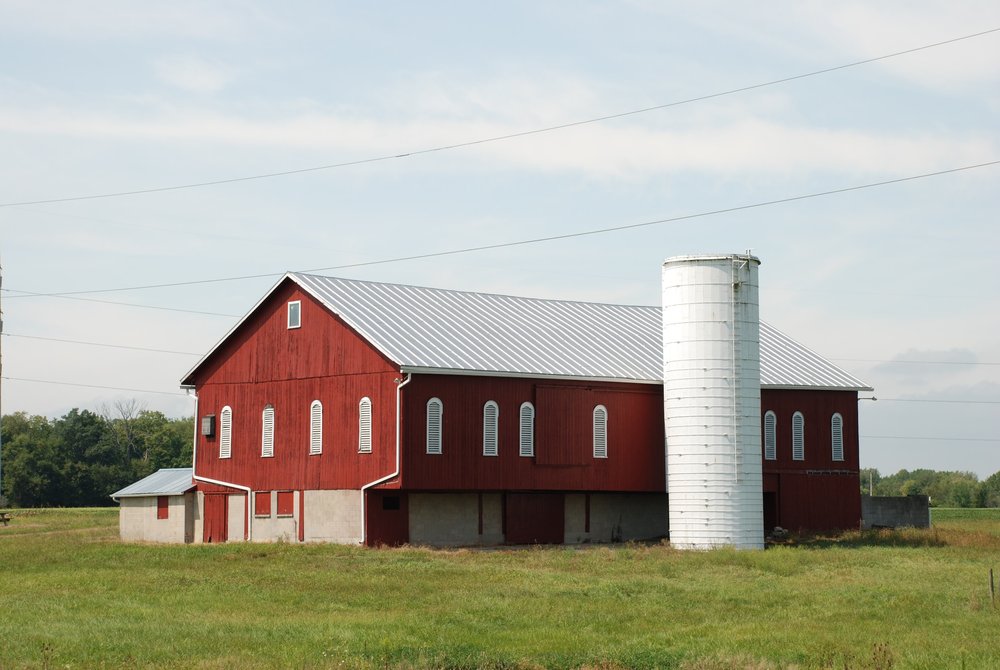
We seem to be living in an age of crises: climate, health, economic, and now… nitrogen. The world is facing a nitrogen crisis and there’s been a lot of talk about it lately. But what is the Nitrogen crisis and why is it happening?
We are bringing you some clarity and positive solutions.
Let’s start from the beginning.
In this other blog we explained in more detail what nitrogen is. Nitrogen is part of the air we breathe and an essential element for growth and reproduction in plants and animals.
However, in the last decades, there has been excessive use of synthetic fertilisers in agriculture, containing high levels of organic and inorganic nitrogen compounds.
These nutrients either leach to the water systems or are deposited there as part of rainwater. Such contributions disrupt the natural nutrient balance in our rivers and oceans, disrupting the balance of our rivers and oceans.

As a result, algal blooms take place and the oxygen in the water becomes unavailable for fish that die, leading to marine dead zones. This obviously has a very negative impact on the environment and the communities that depend on it.
Well, for starters, we need to adopt sustainable farming practices and promote organic farming and soil conservation practices. This will not only help reduce nitrogen waste but also maintain soil fertility.
Moreover, governments and industries need to come together to address the nitrogen crisis.
In places like the US, UK and The Netherlands governments and policymakers are already taking action to regulate nitrogen emissions.
Some of the measurements taken are, for example, closing farms. While this may sound like an obvious way to reduce the emissions of the area where that farm was located, in our opinion this is not the most efficient way. A farm might close down in one village while somewhere else a new farm pops up to meet the loss in supply. It probably pops up in a place with less strict emissions regulation, so the problem is not being solved, it’s just migrating, and potentially becoming worse.

A second less obvious problem with the farm closure policy is that the only farms willing to be bought and shut down are probably ones that were not doing well and on the verge of bankruptcy anyway. This significantly limits the effectiveness and additionality of policies only focused on farm closures.
As we just mentioned, changes need to be made to reduce nitrogen waste and we support the idea of emissions reduction.
However, our society needs to continue living, and with the current lifestyle of this century, it’s unrealistic to think that we can just avoid nitrogen waste as well as other emissions.
We believe in a society that can continue living comfortably while the environment thrives.
How can we do this? Valuing nature and the services of its ecosystems.

Nature has incredibly intelligent ecosystems that can offset emissions and restore balance. In our case, we are of course talking about oyster reefs. Oyster reefs, among countless other benefits, are the motor of the Nitrogen cycle.
Oysters accumulate nitrogen compounds for their own growth and microorganisms that live in the reefs perform a series of transformations turning unused nitrogen compounds trapped in oyster faeces into nitrogen gas that is released into the air, where it belongs.
This means that regenerating lost oyster reefs is not only bringing oysters back to where they used to be, but also a solution to help manage nitrogen emissions. Watch the video for a more visual explanation of how we can use oyster reefs as a nature based solution to manage nitrogen.

Make a measurable difference for the ocean today.
You can now adopt a Mother Reef and help restore 100 oysters!

